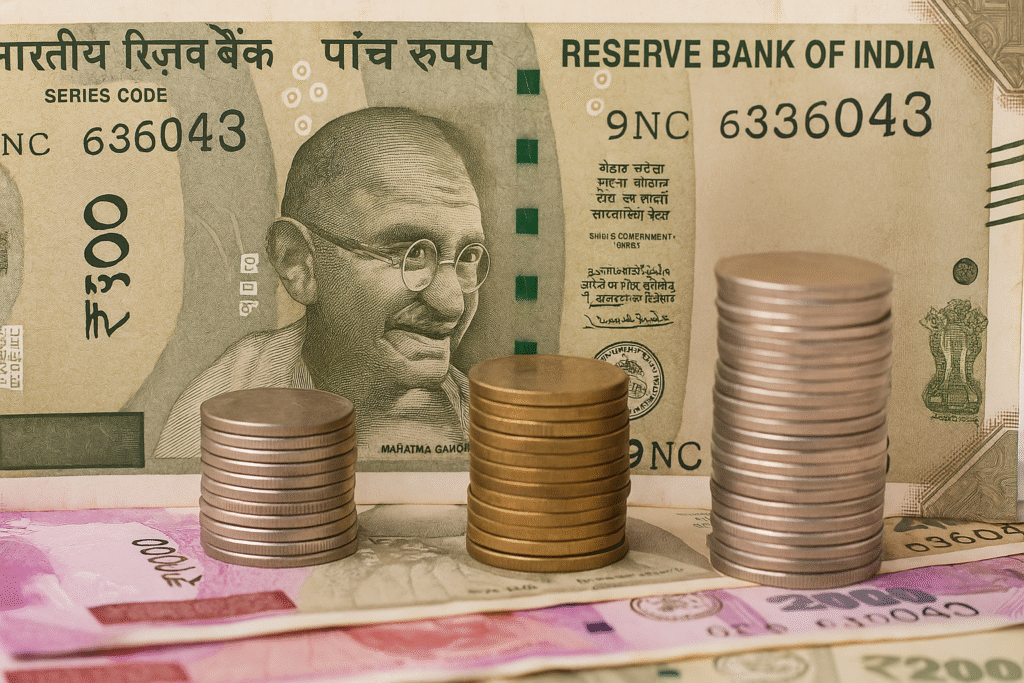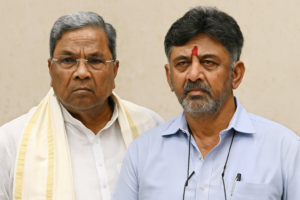India’s retail inflation has dropped to 1.54% in September, marking its lowest level since June 2017, according to government data released on Monday. The decline, which pushed inflation below the Reserve Bank of India’s (RBI) lower tolerance band of 2%, was primarily driven by a sharp fall in food prices, especially vegetables.
Economists had projected a more moderate easing to around 1.70%, but the actual figure surprised on the downside, suggesting a faster-than-expected cooling in price pressures.
Food Prices Lead the Slide
The key driver behind the record low inflation was the deflation in food prices, which account for nearly 50% of the Consumer Price Index (CPI).
- Food inflation fell to -2.28% in September, compared to -0.69% in August.
- Vegetable prices saw a massive drop of 21.38%, following a 15.92% decline the previous month.
This sustained downtrend has kept inflation well below the RBI’s medium-term target of 4% for seven consecutive months, signaling a period of price stability not seen in nearly a decade.
However, while food costs eased, core inflation — which excludes volatile food and fuel prices — edged higher, mainly due to a rise in housing costs.
Economists See Room for Rate Cuts
Upasna Bhardwaj, Chief Economist at Kotak Mahindra Bank, said the data reflected a “benign inflationary environment” and could prompt the RBI to consider 25–50 basis point rate cuts to boost growth.
“Much of the moderation has been led by food prices. We expect the impact of the GST cuts to become more visible in October, potentially pushing inflation even lower,” Bhardwaj told Reuters.
“However, festive season retail demand could temporarily mask the true strength of the underlying economy,” she added.
RBI’s View: Inflation Outlook Turns “Even More Benign”
The RBI’s Monetary Policy Committee (MPC), which held interest rates steady at its last meeting, has taken note of the sustained easing trend. The central bank revised its FY26 inflation forecast downward from 3.1% to 2.6%, projecting:
- 1.8% for Q2 and Q3, and
- 4.0% for Q4 FY26.
RBI Governor Sanjay Malhotra said the fall in inflation was supported by the decline in food prices and rationalisation of GST rates, which have improved cost dynamics across sectors.
“The overall inflation outlook has turned more benign, giving us flexibility in supporting growth,” Malhotra said, while warning that geopolitical tensions and trade disruptions could still pose risks.
What It Means for the Economy
The record-low inflation level provides a potential window for monetary easing, which could lower borrowing costs and spur consumption and investment.
However, policymakers remain cautious — with concerns that festive demand, volatile global oil prices, or supply disruptions could reverse the current disinflation trend.
Still, for now, India finds itself in a rare sweet spot — low inflation, steady growth, and an improving fiscal balance — positioning the economy strongly ahead of 2026.
Originally published on newsworldstime.com.
Originally published on 24×7-news.com.








